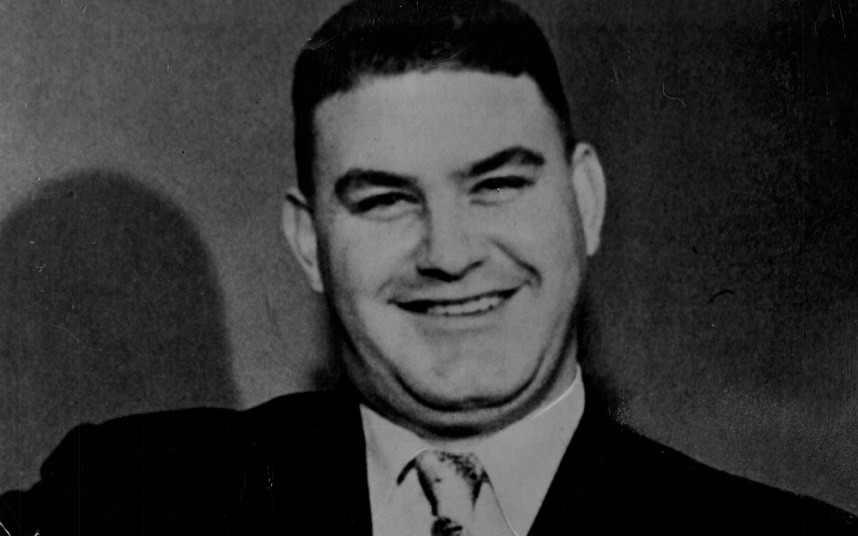
Surprisingly, when a large number of people play bingo, it’s much more likely that the winning play occupies a row on its card rather than a column.
The standard bingo card is a 5 × 5 square in which the columns are headed B-I-N-G-O. The columns are filled successively with numbers drawn at random from the intervals 1-15, 16-30, 31-45, 46-60, and 61-75. And it turns out that, during play, it’s very likely that at least one number from each column group will be called (enabling a horizontal win) before some five numbers are called that occupy a single column (enabling a vertical win). In fact it’s more than three times as likely.
The math is laid out rigorously in the article below. If a free space appears in the middle of the board, as is common, the effect still obtains — Joseph Kisenwether and Dick Hess found that the chance of a horizontal win is still 73.73 percent.
(Arthur Benjamin, Joseph Kisenwether, and Ben Weiss, “The BINGO Paradox,” Math Horizons 25:1 [2017], 18-21.)





